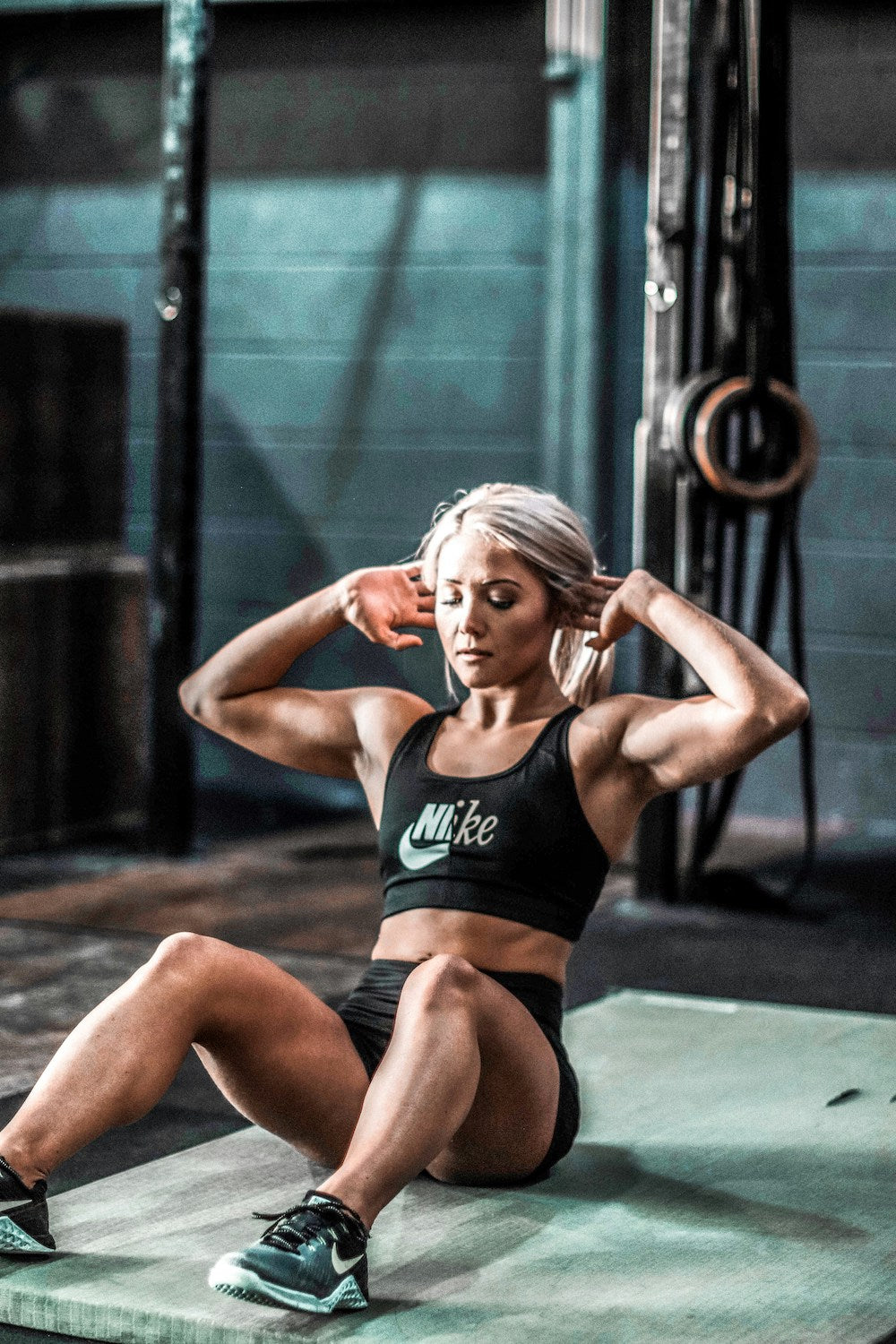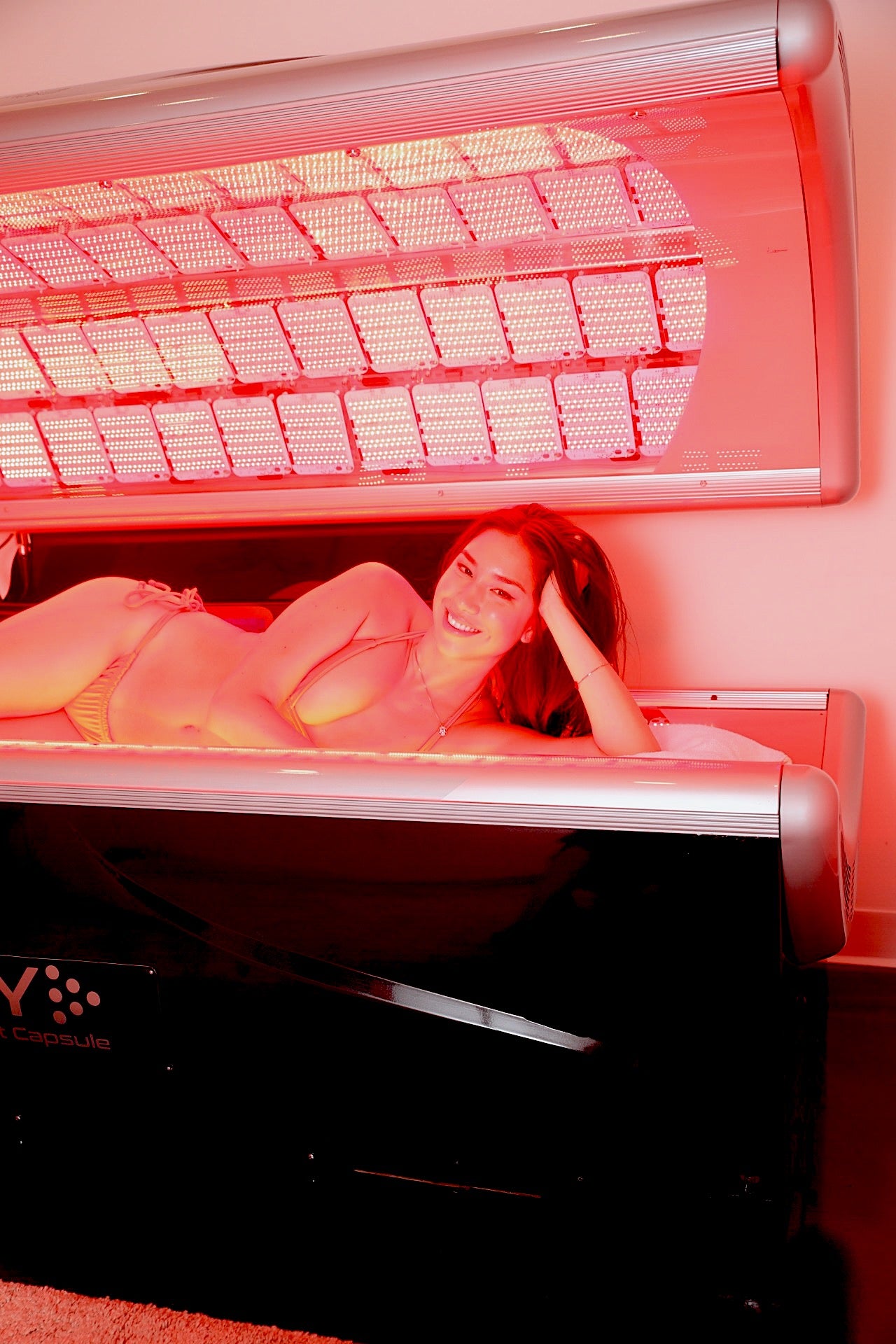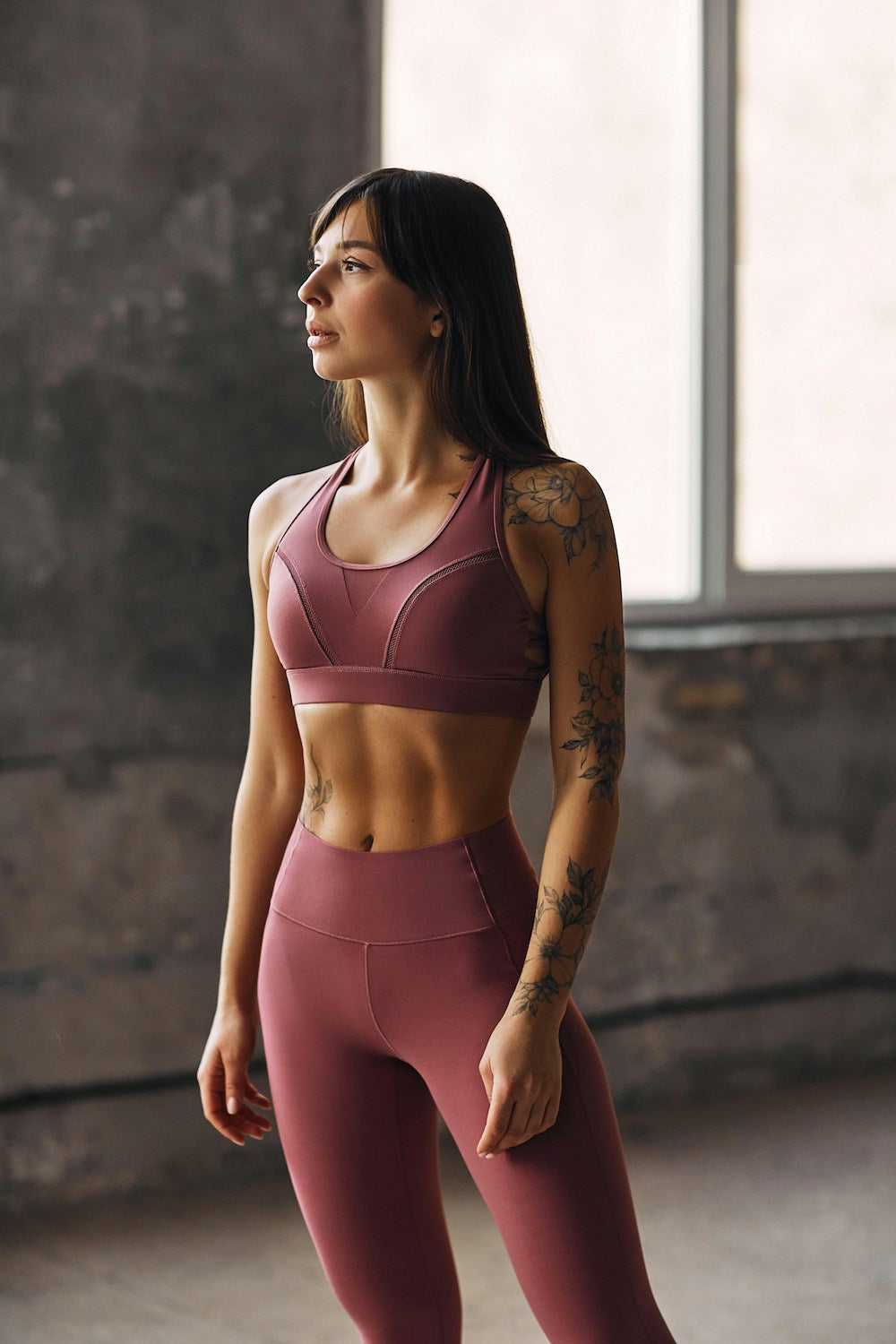The Fashion Industry and the New Beauty Standard

The Fashion Industry and the New Beauty Standard
The fashion industry dictates what consumers consider attractive and beautiful. It’s almost impossible for society not to be influenced. Everywhere consumers look they are inundated with seemingly perfect men and women. Fashion models and celebrities grace the covers of magazines, advertisements, and are the focus of many websites, movies, and television shows.
The beauty standards, set by the fashion industry, are automatically accepted by much of society. People may not even realize just how much they are affected. Yet many people, from all over the world, deal with their poor body image by struggling to meet these impossible beauty standards.
The Female Beauty Standard
In the 1960’s, Twiggy took the fashion world by storm. At the time, her extremely thin frame set her apart from other models and celebrities. Today, rail thin frames are the norm in the fashion industry.
The Association of Model Agents states that the ideal model is at least 5’9 and has 34-24-34 inch measurements. Possessing these measurements would mean that a model would fit into a size 0. However, many high fashion models are a size 00.
Glamour and swimsuit models are allowed to be a bit curvier. These women are still very thin, but possess a more hourglass figure. Glamour models exude sexuality and are generally portrayed in men’s magazines, calendars, and movies.
The problem with the fashion industry is that it sets such unattainable beauty standards. Not only are models thinner than over 95% of the population, but they are airbrushed to perfection. What the fashion industry fails to remind people is that much of what they see is fake. Most women are not meant to be a size 00 or resemble a perfect hourglass. The American Psychiatric Association has even reported that the idolization of thin models and celebrities has a part in causing anorexia
The Male Beauty Standard
Females are not the only ones affected. The fashion industry tells men that they are to be tall, strong, and muscled. The Association of Model Agents prefers that male models have a 28 to 32 inch waist, 36 to 40 inch chest, and are at least 6 feet tall.
Many men find themselves spending hours in the gym, and even going so far as to use steroids to become the male ideal. The fashion industry affects everyone. The industry tells society that everyone should look the same, instead of celebrating their differences.
Are the Standards Changing?
The fashion industry is very slow to change. Fortunately, little by little, changes are being made.
In September of 2006, three models were banned from a fashion show in Madrid for being too thin. Some teen magazines, like Seventeen, are making special efforts to choose normal sized models. While these “normal sized” models are still thin, they are certainly healthier looking than the regular size 00 model.
Many celebrities have also recently been celebrated for their curvier figures. Female celebrities, like Kim Kardashian, Beyonce, and Jennifer Hudson, are helping to change what the fashion industry views as the perfect female body. Even model Tyra Banks has recently been sporting, and praising, a much curvier figure.
Even with these changes, the “sample size” that models are expected to fit into is a size 0 to size 2. Fortunately, the beauty standard does seem to be evolving. The media, fashion industry, and society is beginning to celebrate people of every size. If this change continues, men and women may, one day, accept and celebrate their unique differences, instead of hoping to meet an unattainable standard.
The fashion industry dictates what consumers consider attractive and beautiful. It’s almost impossible for society not to be influenced. Everywhere consumers look they are inundated with seemingly perfect men and women. Fashion models and celebrities grace the covers of magazines, advertisements, and are the focus of many websites, movies, and television shows.

The beauty standards, set by the fashion industry, are automatically accepted by much of society. People may not even realize just how much they are affected. Yet many people, from all over the world, deal with their poor body image by struggling to meet these impossible beauty standards.
The Female Beauty Standard
In the 1960’s, Twiggy took the fashion world by storm. At the time, her extremely thin frame set her apart from other models and celebrities. Today, rail thin frames are the norm in the fashion industry.
The Association of Model Agents states that the ideal model is at least 5’9 and has 34-24-34 inch measurements. Possessing these measurements would mean that a model would fit into a size 0. However, many high fashion models are a size 00.
Glamour and swimsuit models are allowed to be a bit curvier. These women are still very thin, but possess a more hourglass figure. Glamour models exude sexuality and are generally portrayed in men’s magazines, calendars, and movies.
The problem with the fashion industry is that it sets such unattainable beauty standards. Not only are models thinner than over 95% of the population, but they are airbrushed to perfection. What the fashion industry fails to remind people is that much of what they see is fake. Most women are not meant to be a size 00 or resemble a perfect hourglass. The American Psychiatric Association has even reported that the idolization of thin models and celebrities has a part in causing anorexia
The Male Beauty Standard
Females are not the only ones affected. The fashion industry tells men that they are to be tall, strong, and muscled. The Association of Model Agents prefers that male models have a 28 to 32 inch waist, 36 to 40 inch chest, and are at least 6 feet tall.
Many men find themselves spending hours in the gym, and even going so far as to use steroids to become the male ideal. The fashion industry affects everyone. The industry tells society that everyone should look the same, instead of celebrating their differences.
Are the Standards Changing?
The fashion industry is very slow to change. Fortunately, little by little, changes are being made.
In September of 2006, three models were banned from a fashion show in Madrid for being too thin. Some teen magazines, like Seventeen, are making special efforts to choose normal sized models. While these “normal sized” models are still thin, they are certainly healthier looking than the regular size 00 model.
Many celebrities have also recently been celebrated for their curvier figures. Female celebrities, like Kim Kardashian, Beyonce, and Jennifer Hudson, are helping to change what the fashion industry views as the perfect female body. Even model Tyra Banks has recently been sporting, and praising, a much curvier figure.
Even with these changes, the “sample size” that models are expected to fit into is a size 0 to size 2. Fortunately, the beauty standard does seem to be evolving. The media, fashion industry, and society is beginning to celebrate people of every size. If this change continues, men and women may, one day, accept and celebrate their unique differences, instead of hoping to meet an unattainable standard.
My name is Wendy Jerkunica and I blog about several health and social topics.
]>>


